During the mid 20th century the aviation industry was still in its infancy and engineers and designers across the globe were flirting with numerous concepts to make aircrafts bigger, soar higher and fly faster. The onset of World War II provided them with some much-needed lift and as a result, we have had numerous unique aircraft during that period. From extraordinary fighters like the Supermarine Spitfire and Messerschmitt Bf 109 to downright bizarre aircraft like the Flying Pancake. This series is dedicated to such peculiar looking airplanes that were built and flown during the course of World War-II.
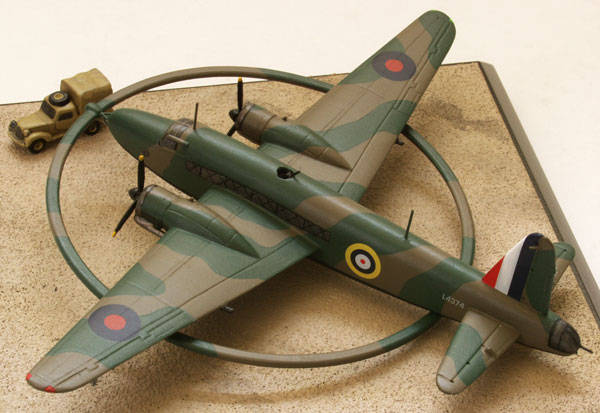
The first aircraft on our list in the Vickers Wellington DWI (DWI was a deliberate misnomer designed to keep the aircraft’s true purpose secret). The Vickers Wellington was a twin-engine long-range medium British bomber. It was one of the most successful bombers in the British air force and was also the most produced British built bomber (11,400+ aircraft), but we are not here for Wellington the bomber we are rather more interested in knowing about Wellington with the Hula Hoop. In order to know about this aircraft, we have to scour the oceans instead of scanning the skies. With the onset of WW-II, the German war machine unleashed a weapon so deadly that it spread havoc in the British camp by almost clogging the sea lanes that the Britsh so heavily relied upon. The weapon we are referring to here is the magnetic sea mines. It was a significant technological advanced when compared with the previous contact mines. Ships couldn’t see them, but these mines could sense their magnetic fields and blew up when any ship passed above them.
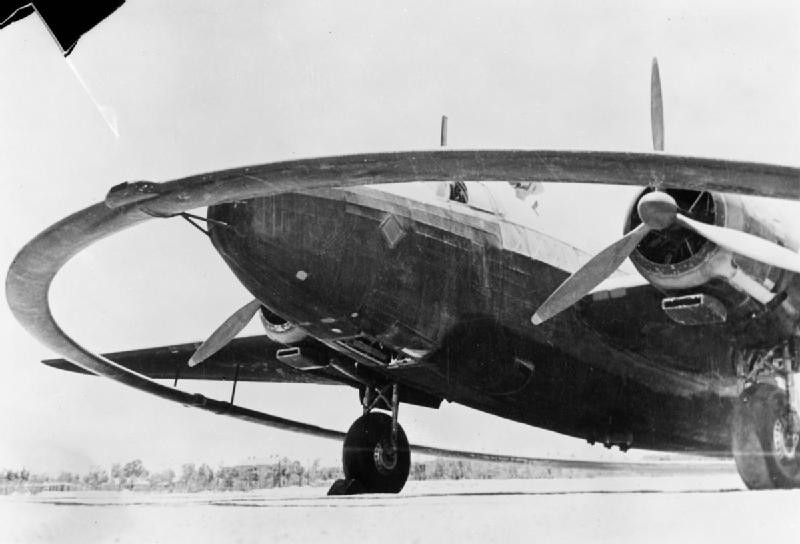
In order to combat this menace, the Royal Air Force contributed to the sudden boom in minesweeping by modifying a Wellington bomber. The R.A.F Gunner Research Unit modified the Wellington by fitting a 2.5-ton electromagnetic ring around the fuselage (that is what the hula hoop is, a 51-foot diameter balsa wood ring with an aluminum coil inside it) that could project a magnetic field similar to that of a passing ship far below the aircraft. It was on the 8th of January 1940 that the R.A.F detonated their first mine from the air and only five days later the Wellington scored a second hit. Following which the Gunnery Research Unit was deployed to Egypt in June 1940, and the DWIs continued their work in the Suez Canal.
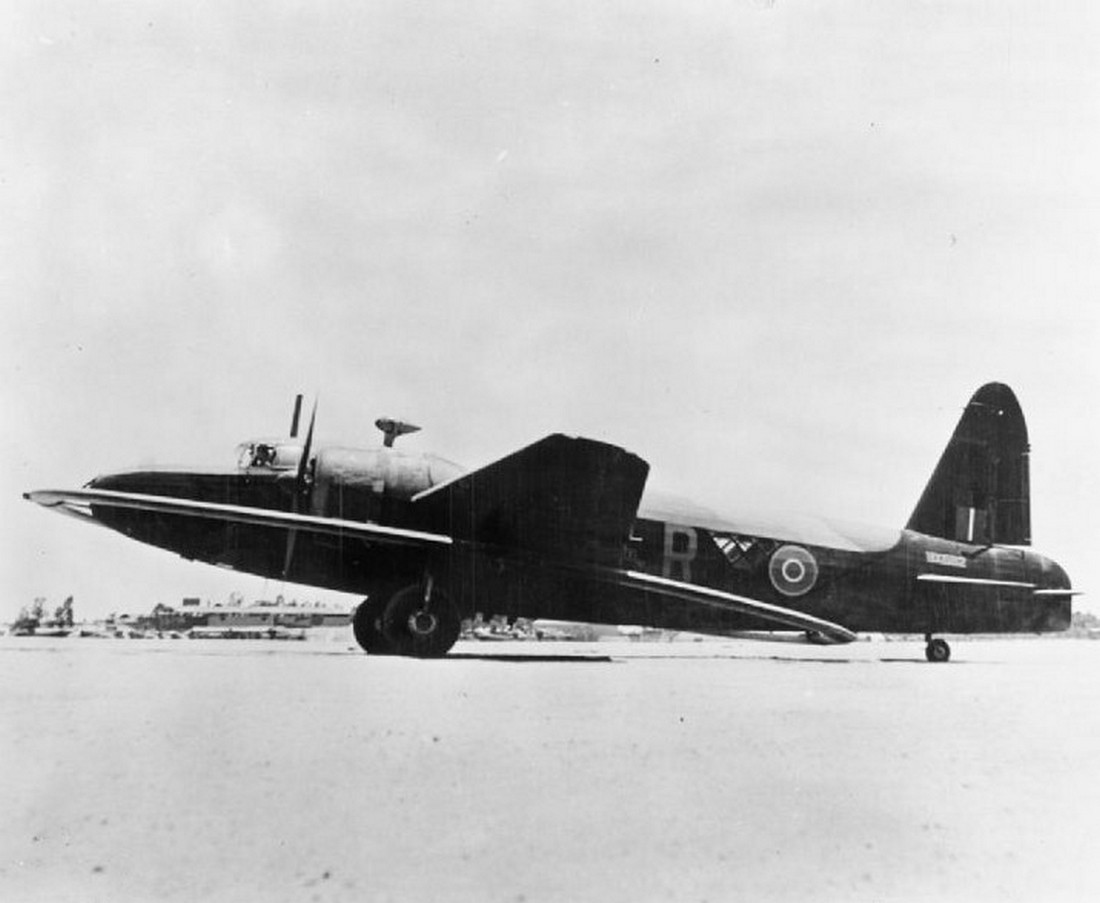
Yet the DWIs were produced in very small numbers as it mission profile put the crew at great risk. For example, during its second minesweeping hit (13th Jan 1940) the aircraft flew less than 35 feet above the water line and was thrown into the air when the mine exploded. But thab\nks to the Wellington’s robust geodetic construction the aircraft suffered no damage and returned to its base safely. However, it was not just the mines that made the crew’s life hazardous the exhaust gases produced by the Ford V-8 car engine ( later upgraded to DH Gypsy 6 engine on the MkII version for more generation capacity) which powered the aluminum coil (electromagnet) created a suffocating environment inside the aircraft. The Wellington DWI also needed a fighter escort, as all of their guns had been removed to accommodate the electromagnet.
The DWI equipped Wellington was an early example of British ingenuity in the endless scientific war that saw one side out doing the other and gaining brief technological advantages. The DWI Wellingtons along with the development of simple degaussing methods ended the threat of one of Germany’s early secret weapons of 1939-40.
Stay tuned to know about more such aircraft and subscribe (Click here to Subscribe) to never miss an update.
Other articles of this series-
Click Here to read about “The Plywood bomber”
Click here to read about “The Conjoined Twins”
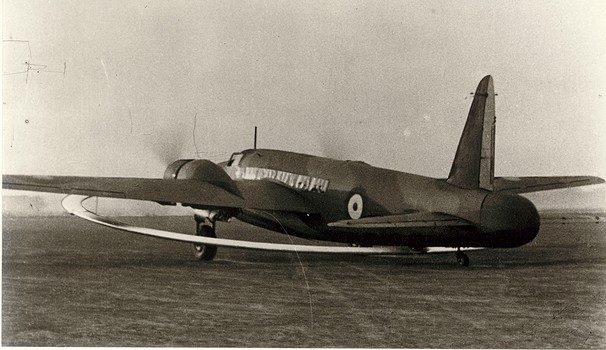

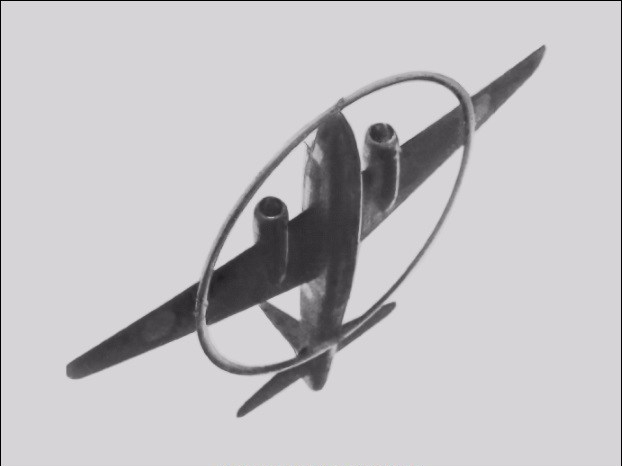

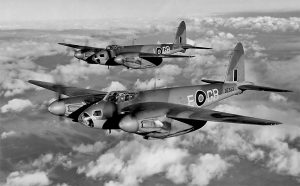
[…] Click here to read about “The Plane with a Hula Hoop” an article in this series covering some peculiar aircrafts of WW-2. […]
Interesting. But Vickers, not Vicker. Technically at that date the company was Vickers-Armstrong Ltd, following a merger with Armstrong Whitworth which had not included Armstrong Whitworth’s aviation division.
Thanks a lot for the info. Will make the necessary changes.
[…] Click here to read about “The Plane with a Hula Hoop” […]